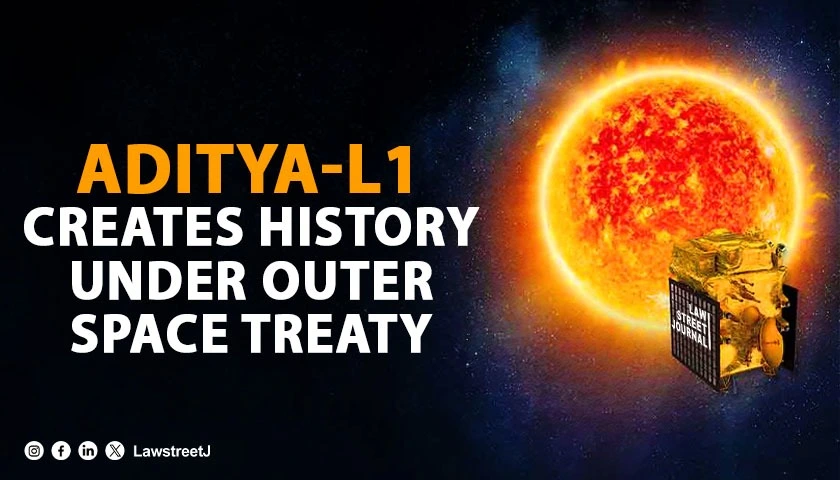New Delhi: A major step forward in solar research was recorded this week as scientists from the Indian Institute of Astrophysics and NASA confirmed the world’s first spectroscopic observation of a coronal mass ejection (CME) in the visible-light range. The finding was made using the Visible Emission Line Coronagraph (VELC) aboard India’s Aditya-L1 spacecraft, which ISRO launched in September 2023. The confirmation came on November 9, 2025, when data from the mission showed a CME captured through visible-light spectroscopy for the first time.
The VELC instrument, designed by the Indian Institute of Astrophysics, allowed researchers to measure temperature, velocity, and density near the origin point of the eruption on the Sun. CME events involve large releases of plasma and magnetic fields that can affect satellite systems, power grids, and communication networks. Until now, most scientific information about CMEs has come from ultraviolet and X-ray observations. Visible-light spectroscopic data adds a new approach for tracing the earliest stages of these eruptions.
Aditya-L1 orbits at the Sun–Earth L1 point, roughly 1.5 million kilometres from Earth. This position enables uninterrupted viewing of the Sun and supports around-the-clock monitoring of solar activity.
Legal Framework and International Collaboration
The mission operates under India’s space policy and relies on regulations linked to the ISRO Act and the Space Activities Bill drafted in 2017, which remains pending. Cooperation with NASA falls under the India–U.S. Civil Space Joint Working Group, the platform used for planning scientific partnerships and exchanging data between space agencies.
Development of the VELC instrument followed ISRO’s guidelines for payload design. The Indian Institute of Astrophysics led the project, while NASA provided calibration and data-verification support. These tasks were carried out under a memorandum of understanding signed in 2021. All mission data is governed by ISRO’s dissemination rules, which support open scientific access while observing national security requirements.
The collaboration aligns with Article I of the 1967 Outer Space Treaty, which calls for international cooperation in the exploration and use of outer space. India and the United States, both signatories, apply the treaty to cooperative scientific missions such as Aditya-L1.
The first visible-light spectroscopic record of a CME is expected to refine global space-weather forecasts. CME-driven disturbances can lead to geomagnetic storms capable of affecting navigation systems, satellite operations, and terrestrial power networks. Early-stage data from Aditya-L1 may support more accurate models used by agencies monitoring solar activity.
ISRO has stated that the spacecraft will continue tracking solar eruptions throughout its mission life of about five years. Additional CME observations will be incorporated into international monitoring systems, including NASA’s Solar Dynamics Observatory and the Space Weather Prediction Center operated by NOAA.
The mission also illustrates how scientific results depend on legal and administrative structures for space cooperation. Agreements that govern data management, research access, and technical responsibilities shape large-scale scientific projects. With more countries operating space-based observatories, these frameworks are expected to evolve. The Aditya-L1 project demonstrates how coordinated policies and clearly defined responsibilities can support advanced research in solar physics.









